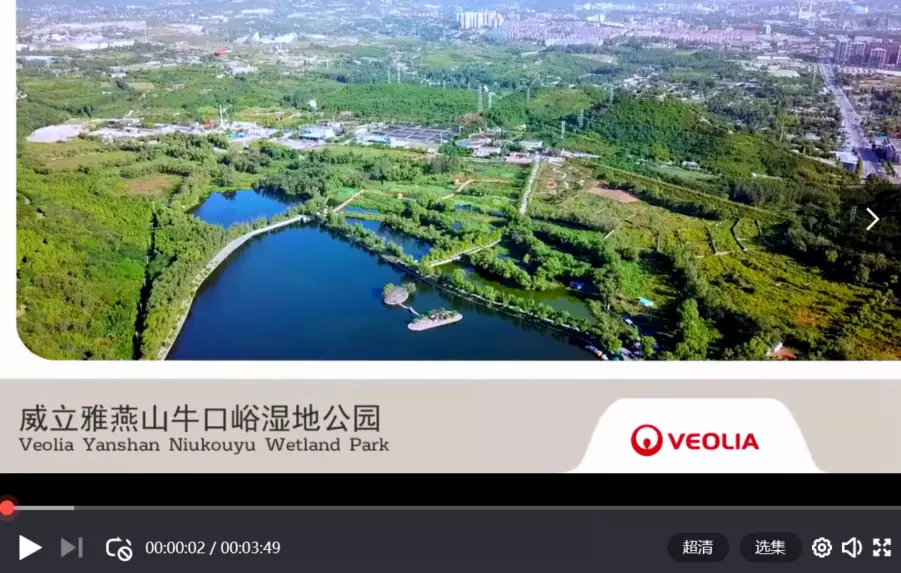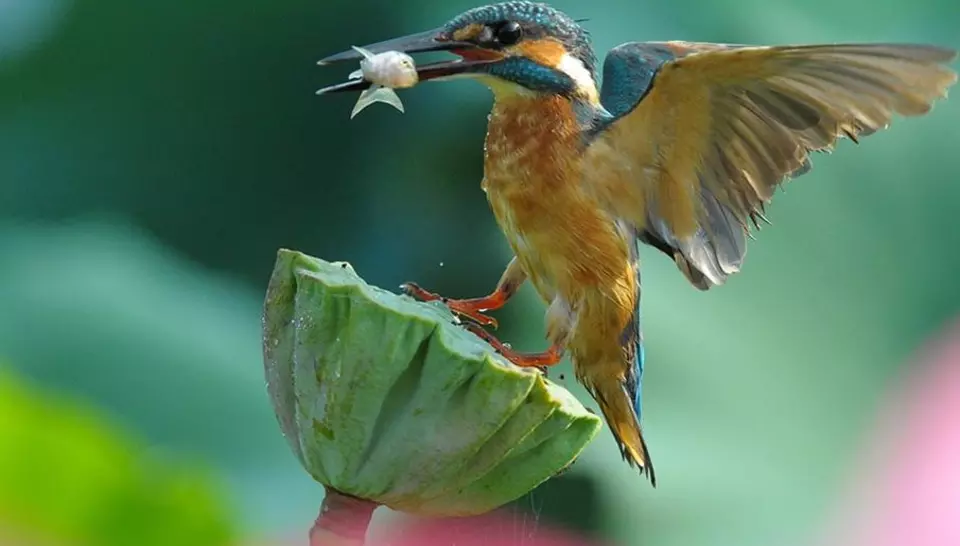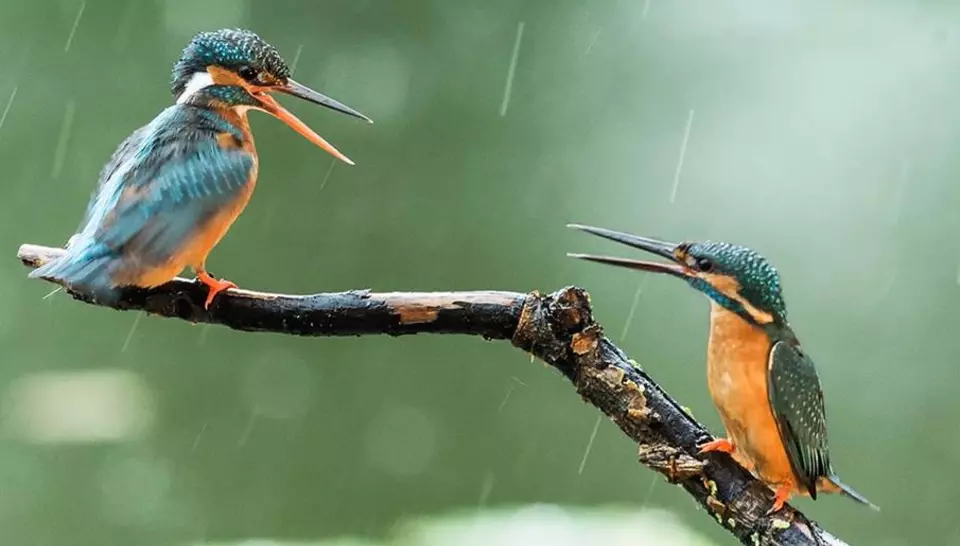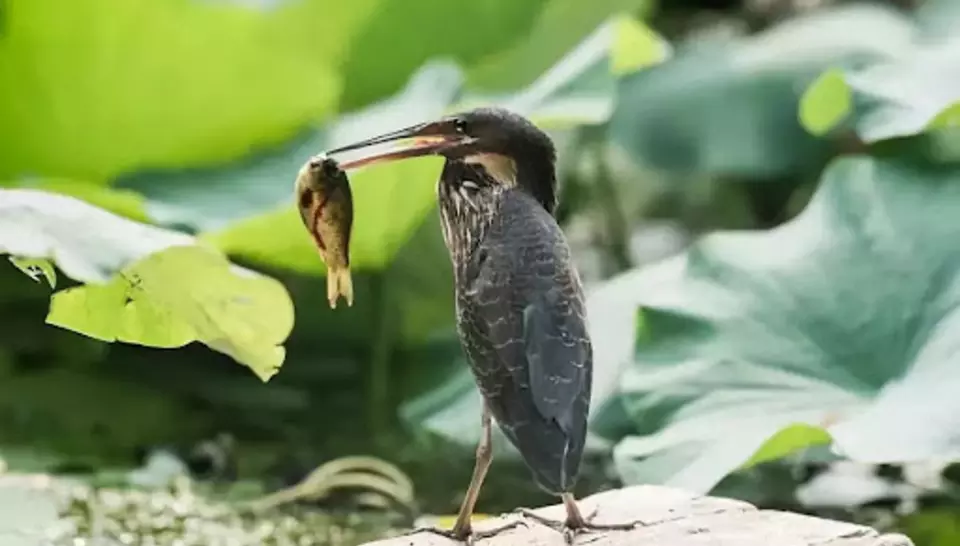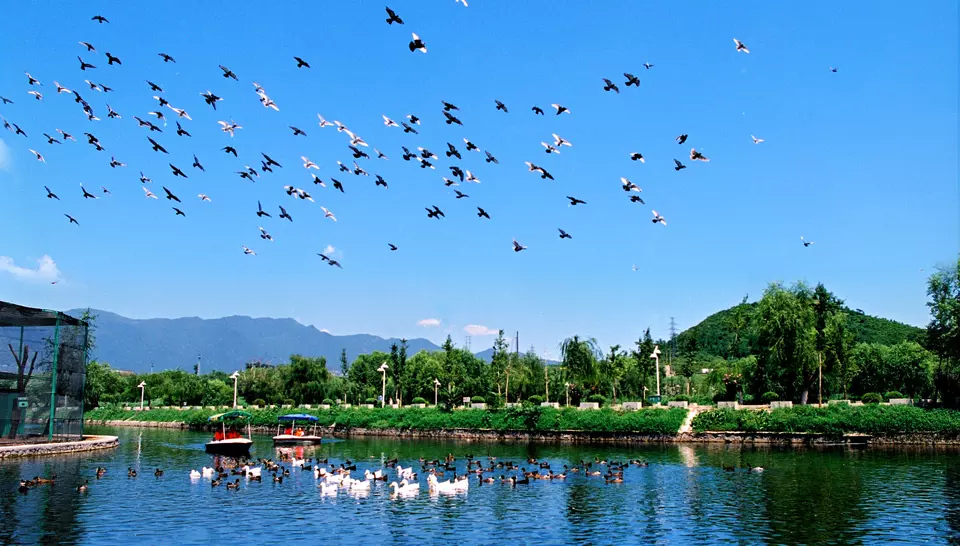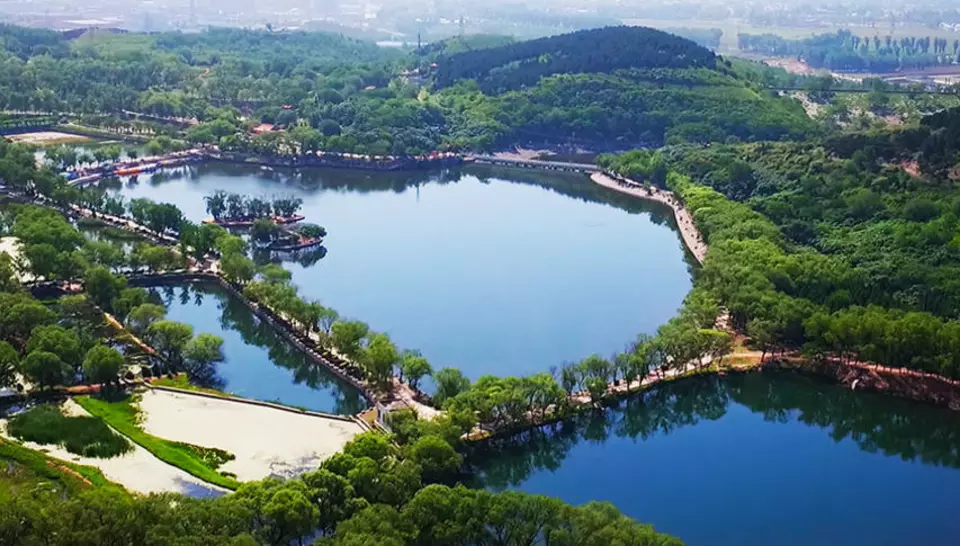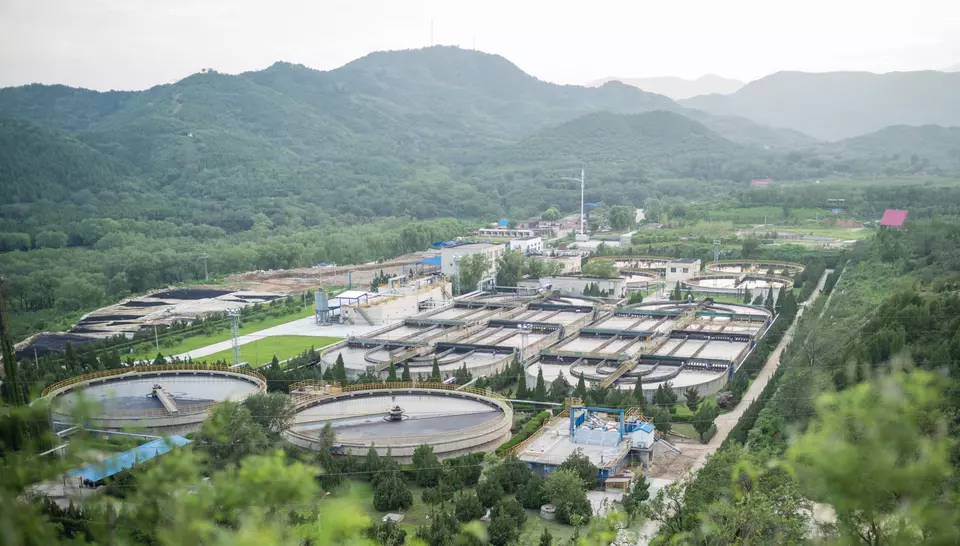RESTORING BIODIVERSITY: FOR SINOPEC, VEOLIA MAKES THE ECOLOGICAL AND THE PETROCHEMICAL GO HAND IN HAND
The Beijing Yanshan PetroChemicals (BYP) complex, one of the largest Chinese petroleum product manufacturing sites and a subsidiary of Asia’s leading oil and gas company, Sinopec, processes over ten million metric tons of crude oil per year. For several years, protecting the site’s natural ecosystem has been an absolute priority for the manufacturer, which has made it one of the pillars of its strategy. It has been spurred on in this regard by an array of draconian laws, regulations and standards enacted in 2011, particularly targeting the city of Beijing and its petrochemical industry!
Our Solution
Restoring wetland and biodiversity at Beijing Yanshan Sinopec
MYSTERIOUS WATER SOURCE
To the surprise of many, the water of Niukouyu Wetland Park does not come from a natural source, but from the wastewater discharged from industrial uses. Industrial wastewater is often discharged after practical use. However, with solid technological advancement, Veolia makes sure that Yanshan Petrochemical's industrial wastewater is processed to meet the world's most stringent environmental standards.
After multiple purification steps, the industrial wastewater achieves an emission index lower than COD30. Meanwhile, the wetland uses the "natural treatment", planting different types of highly purifying plants to effectively remove residual pollutants such as COD and NH3 from the water. This concept guarantees water quality, but at the same provides a rich ecological environment and natural habitat for a variety of birds and other species.
DESIGN CONCEPT
The wetland park consists of four functional areas, namely the wetland area, recreation area, cruise area and cultural exhibition area. The design of the wetland area is of utmost importance, with these three aspects taken into account: water resources, vegetation design and biodiversity protection. In terms of water resources, the construction area of the wetland has to be determined by available water inflow in the area (1,600 m3 per hour on average). The underlying challenges are finding the minimum amount of water retained by aquatic plants to provide sufficient water circulation, and to prevent algae blooms which could affect the balance of vegetation growth.
Since the wetland park uses industrial wastewater as a water source, plants with high purification and treatment capabilities are needed. By using different bank slopes, ponds and willow trees, a differentiated growth environment was created for the plants, while also delivering a pleasant landscape and an agreeable habitat for wild animals.
A SIGNATURE OF ENVIRONMENTAL PROTECTION
The Niukouyu Wetland Park, as a value-added part of Yanshan Veolia's industrial water treatment service, has improved the environment and quality of life for local residents, while restoring the damaged ecosystem. Within five months, we have completely rehabilitated an oxidation pond that was affected by overgrown weeds and 16,000 m3 of silt were dredged; and recycled fender woods were used to build the park’s trestle bridge.
In September 2020, after three months of intense design and construction, Yanshan Veolia completed the upgrade of the cultural exhibition area and it was officially opened to visitors. The renovated exhibition hall is an immersive ecological wetland environment experience space, using visual and sound to enrich tourist experience and deliver important information, presenting the essence of the Niukouyu Wetland Park at its fullest.
Key Figures:
- Over 140 bird species reintroduced, including black storks, swans and kingfishers
- 8 hectares of rehabilitated wetlands including 2.7 hectares of plantations
- 1 hectare dedicated to leisure spaces



